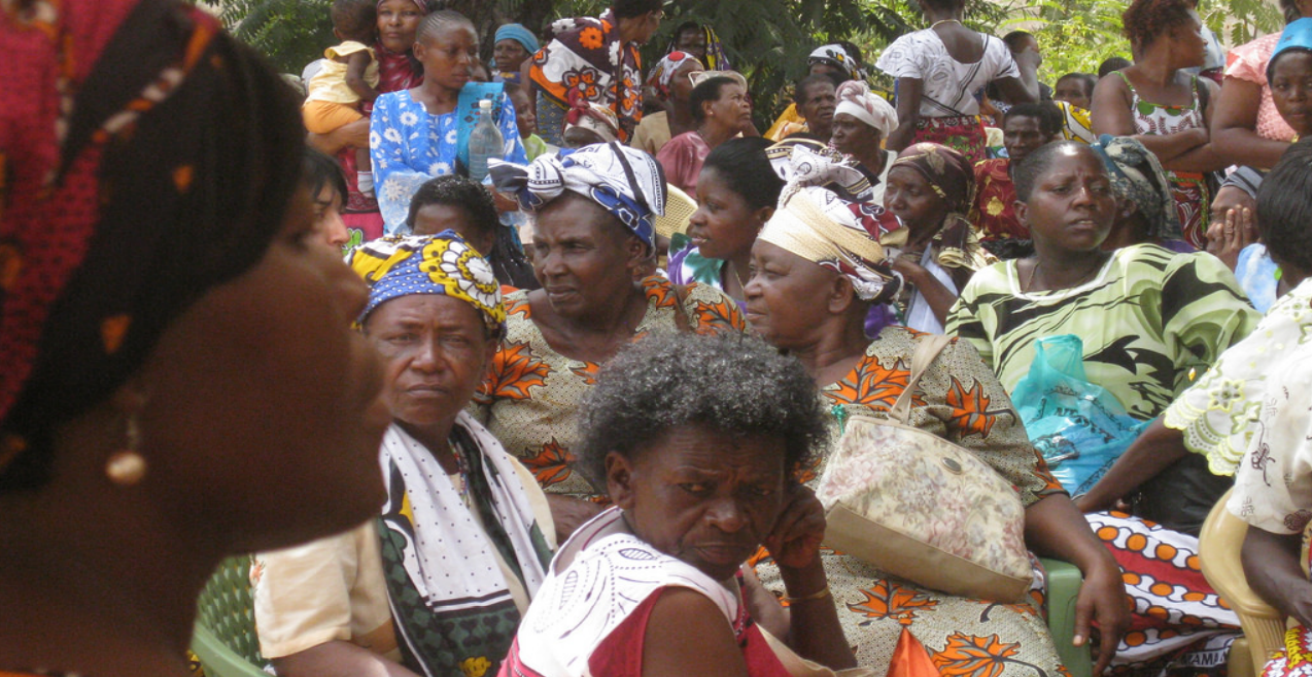The Struggle for Women’s Participation in Kenya

Eight years after the implementation of gender quotas, women continue to struggle for political participation.
The controversial and violent elections in Kenya on 3 August 2017 saw a record number of women enter national and county legislatures as a result of the implementation of gender quotas in the Kenyan Constitution in 2010. While the constitution promises a gender inclusive society, how has this been realised in practice?
Kenyan constitutional practices
The 2010 constitutional reform in Kenya was a culmination of two decades of advocacy and activism to increase women’s representation and advance women’s rights and gender equality. It was triggered by post-election violence in 2007-8 when approximately 600,000 people were displaced and at least 1,333 killed and there were an estimated 900 cases of sexual violence perpetrated by Kenyan security forces, militia groups and humanitarian workers. Other estimates are higher. The violence had humanitarian, political and economic impacts, prompting a peace process leading to renewed efforts towards drafting of a new constitution.
Kenya’s 2010 constitution contained critical gains for women regarding equal citizenship rights; women’s right to health; elimination of gender discrimination in law, customs and practices including inheritance, land and property; and quotas for political representation at both national and local levels and gender equality in political parties. However there was a substantial watering down of mechanisms to achieve those provisions during the drafting process where many equality provisions for women and minorities were removed as the draft progressed from one committee to the next before being put to a national referendum. Consequently, despite Kenya’s constitution being considered as progressive, limited mechanisms for implementation and enforcement have hindered the realisation of the constitution’s gender provisions, particularly in relation to the two-thirds gender principle.
Why the two-thirds gender principle doesn’t work
The two-thirds gender principle requires that all elected or appointed bodies have no more than two-thirds of either gender. It assumes that men would fulfil the two thirds and women the one-third. However, the suggested mechanisms to achieve the number of women for the two-thirds gender principle was removed from the final draft, as thus the attainment of the principle through parliamentary legislation is dependent on the political will of a mostly male National Assembly. Consequently, women at the national level have yet to reach one third of either the Senate or National Assembly.
Additionally, there are 47 women are elected to the National Assembly to represent each county. Women are ghettoised into these nominated positions; men do not regard it as necessary for women to take up the elected positions when women already have their own ‘women’s rep’ position. As a result, women are nominated, not elected. This leads to less decision-making power and influence, as elected representatives receive more resources and political influence compared to nominated positions. Instead of women taking up men’s politically-elected positions, men make excuses to stall the implementation of women’s increased representation. The lack of mechanisms and structures to achieve the two-thirds gender principle in Kenya has stalled the implementation even after two election cycles.
Subnational governance and ‘flower girls’
The two-thirds gender principle is also applicable in the 47 devolved county governments. At this level, gender provisions have been implemented. But challenges to women achieving substantive participation in counties persist. Women continue to be nominated rather than elected and face immense bias and discrimination in resources and decision-making. This has led to the phenomenon of female representatives being called ‘flower girls’, where women serve as window dressing and a checkbox for inclusion.
This phenomenon is partly because party leadership is dominated by men and patriarchal perceptions that do not see women as fit for leadership. This translates to patronage politics where strong female leaders are overlooked for more amenable women that may not attempt to advance a women’s rights agenda and threaten men’s position of power. Women who have political aspirations are beholden to the party for nominating them in the first place and this means they are constrained to remain loyal to party agendas.
On a more positive note, nominated positions can also be a stepping stone to larger political aspirations and autonomy, as some women who were formerly nominated have vied for elected seats in the most recent elections. Moreover, the women that I have spoken to are actively subverting the ‘flower girl’ perception by working to advance women’s participation and rights. However, cultural perceptions that do not see men and women as equal remains a massive barrier to securing women’s participation.
Women ‘sitting on men’
This tension between the constitutional provision for women’s political participation and the society’s patriarchal perceptions of women is illustrated by a local Kenyan aphorism of ‘women sitting on men’. In other words, men cannot be seen as subservient and women as dominant. For instance, in some communities in Northern Kenya, a woman cannot talk in public barazas (community forums) unless her hand is held by a man. In Marsabit, a woman is not allowed to talk in the presence of men during traditional peace meetings and, if she must, she has to talk with her back to the audience.
Women’s ability to participate from grassroots to national levels is bound up with sexuality and morality, which are used as weapons against women attempting to challenge dominant attitudes. This manifest physically where violence perpetrated against women in politics, and this is especially so for young and single women who are often intimidated on the basis of their marital status and age.
For instance, during a campaign event for the 2017 elections, one woman who was vying for a governor-seat was allegedly attacked by her opponent, who had organised for animal’s blood to be thrown on her to look like she had her period and couldn’t look after her hygiene. She successfully won the gubernatorial election. Likewise, a woman who was vying for a parliamentary position had her house broken into and torched and her bodyguard killed during her campaign.
These experiences of intimidation, harassment and violence are commonplace for female political aspirants where patriarchal attitudes physically manifest and where women’s bodies become the battleground for resistance to change. But women in Kenya are not passive in this. They are demanding and claiming stakes in the tug of war over their participation and rights at grassroots, county and national levels, including the successful implementation of gender provisions.
Sarah Hewitt is a PhD candidate with the Monash Gender, Peace and Security (GPS) Centre, working on the Australian Research Council Linkage Project, “Towards Inclusive Peace: Mapping Gender Provisions of Peace Agreements” partnering with the Department of Foreign Affairs and Trade (DFAT). Sarah’s research focuses on Nepal and Kenya, investigating the implementation of gender provisions in peace agreements and women’s participation in the post-conflict transitional context.
This article is drawn from the author’s field research conducted in Kenya in April/May 2018 for the ARC Linkage Project Towards Inclusive Peace.
This article is published under a Creative Commons Licence and may be republished with attribution.





